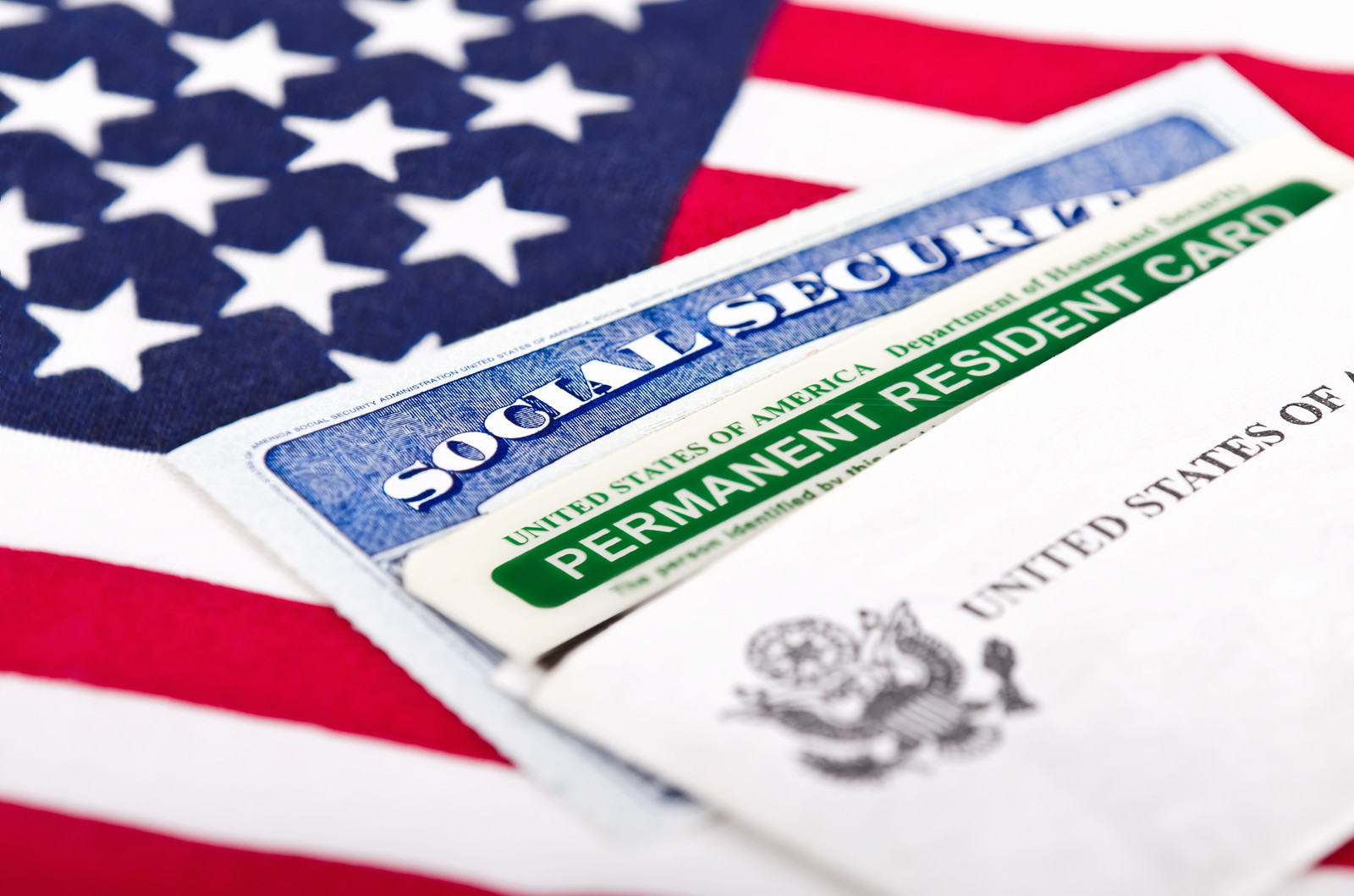
How American Citizenship Became a Racial Issue: The Nationality Act of 1790
In 1790, the new Congress passed a naturalization act, referred to as the Nationality Act of 1790. Congress limited the right to citizenship to “free white persons.” In practice, only white, male property owners could naturalize and acquire the status of citizens, whereas women, nonwhite persons, and indentured servants could not. Access to citizenship would become more expansive over time; although, the racial restriction was not eliminated entirely until 1952. It had a zero quota on black immigrants.
The Naturalization Act of 1790 set the criteria for naturalization to two years of residency, proof of good moral character, and an oath to support the Constitution. It also mandated that one must “absolutely and entirely renounce and abjure all allegiance and fidelity to every foreign Prince, Potentate, State or Sovereignty. In 1795, as anti-immigrant feeling began to grow, the necessary period of residence was increased to five years. Without the right to naturalize, immigrants would not be able to vote and would have no political voice or power.
During reconstruction, Congress passed another law. The legislation gave “aliens of African nativity and persons of African descent” access to citizenship. It was The Naturalization Act of 1906 which standardized the application process. Black population in the US at the time grew mostly from birth of existing citizens. This limited black population growth during a time when many Europeans came to the United States. Africans immigrants only began coming to the US in large numbers in the past 25 years because of the change in immigration laws which favors family migration.



